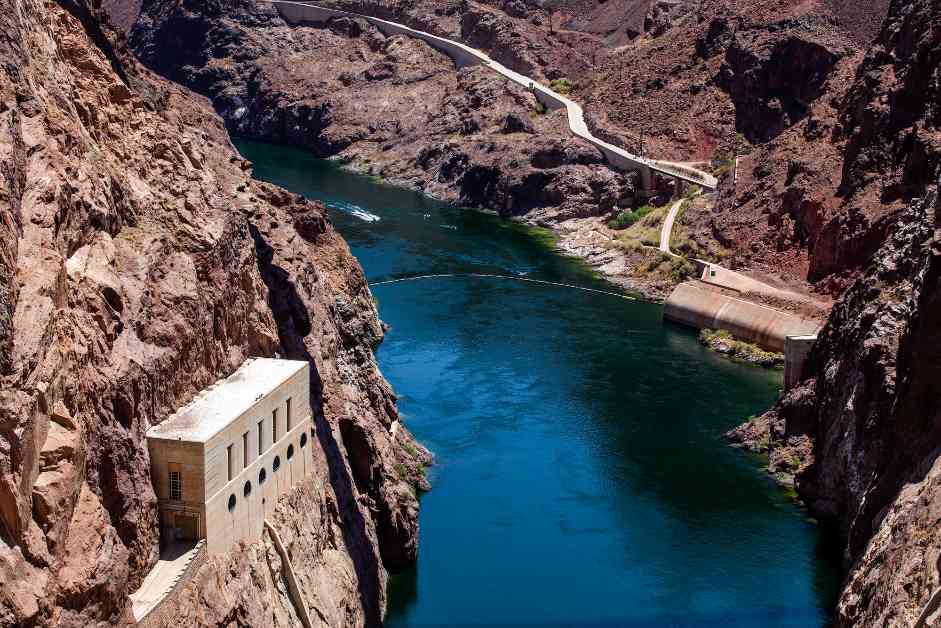Understanding the Colorado River and its Importance
The Colorado River is a vital water source for seven Western states, more than two dozen Native American tribes, and two states in Mexico. It irrigates millions of acres of farmland in the American West, generates hydropower used across the region, and serves as a lifeline for the communities that rely on it. However, years of overuse, combined with rising temperatures and drought, have led to a decrease in the river’s flow, posing significant challenges for those dependent on its waters.
The federal government is expected to announce water cuts that will affect some of the 40 million people reliant on the Colorado River, highlighting the urgent need for long-term planning and sustainable management of this precious resource. The Interior Department typically announces water availability for the coming year months in advance, allowing Western cities, farmers, and other stakeholders to plan accordingly. However, behind the scenes, discussions are underway to determine how the basin will share water from the river after 2026 when many current guidelines expire.
Challenges and Negotiations Surrounding the Colorado River
The negotiations surrounding the Colorado River revolve around plans for distributing its water after 2026. A series of agreements, court decisions, and contracts currently dictate how the river’s water is shared among the seven U.S. states in the basin – Arizona, Nevada, California, Colorado, New Mexico, Utah, and Wyoming – as well as the federal government. These agreements were put in place in 2007 to better respond to lower water levels at Lake Mead and Lake Powell, the river’s main reservoirs that play a crucial role in transferring and storing Colorado River water.
The 2007 rules determine when certain states face water cuts based on levels at Lake Mead, setting the stage for the current negotiations on how to adapt to future challenges and ensure sustainable water management beyond 2026. The combination of decreasing watershed runoff due to climate change and the need to reduce water usage poses a complex dilemma for policymakers and stakeholders involved in managing the Colorado River.
Short-Term Water Cuts and Conservation Efforts
In the short term, the federal government is expected to announce water cuts for 2025 based on levels at Lake Mead, with factors like precipitation, runoff, and water use influencing the extent of these cuts. States like Arizona, California, Nevada, and Mexico may face reductions in their water allocations if Lake Mead drops below a certain level, reflecting the immediate challenges posed by the river’s diminishing flow.
Efforts to conserve water have been underway, with states like Arizona, California, and Nevada implementing measures to address the crisis. These states have agreed to conserve additional water until 2026, with the U.S. government providing financial incentives to encourage conservation efforts. The Upper Basin states – Colorado, New Mexico, Utah, and Wyoming – have also been mindful of their water usage, receiving a percentage of the available water each year and prioritizing sustainable practices.
Preparing for a Challenging Future
While recent conservation efforts and a wet 2023 have improved the short-term outlook for the Colorado River basin, climate scientists and hydrologists warn of ongoing challenges driven by climate change. Higher temperatures are expected to continue reducing runoff to the river and increasing water loss through evaporation, necessitating long-term planning and adaptation strategies to ensure the river’s sustainability.
The negotiations surrounding the Colorado River after 2026 highlight the need for proactive measures to address water shortages and ensure equitable distribution among all stakeholders. Different states and tribes have put forth proposals for managing the river and its reservoirs in the future, emphasizing the importance of considering the entire system’s capacity and implementing more aggressive cuts when necessary.
As the federal government prepares to issue draft regulations by December that incorporate these various proposals, states, tribes, and other stakeholders will continue to engage in discussions and strive to reach consensus on the best path forward for the Colorado River. The challenges posed by climate change and the need for sustainable water management underscore the importance of proactive planning and collaboration among all parties involved.



